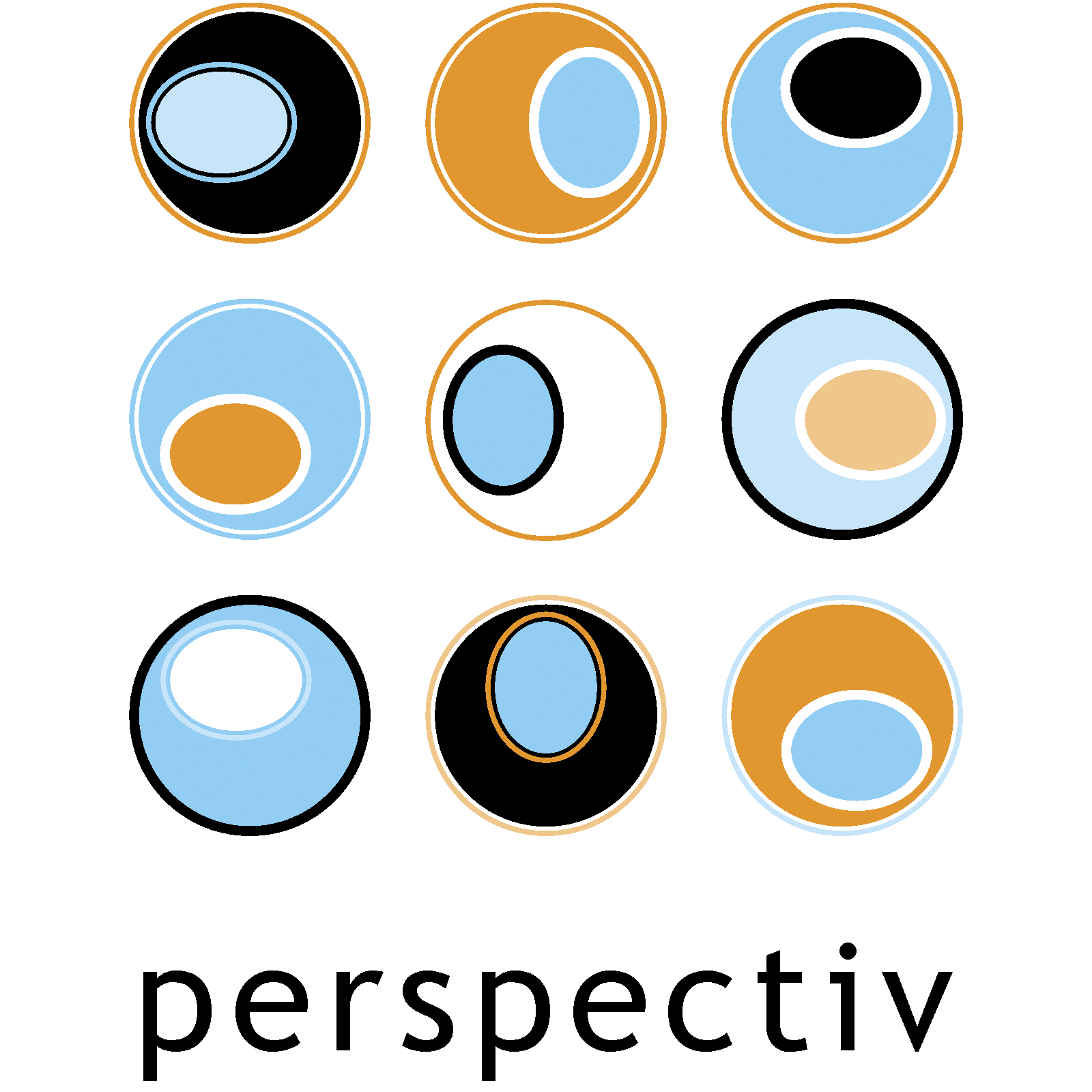So you think you know how to Brainstorm? #1
This post was written by Perspectiv’s Andy Wilkins and Ranjna S. Narayan, Strategy & Stakeholder Engagement Lead from National Grid ESO. This is Part 1 of two posts about common and highly impactful mistakes people make when using Brainstorming.
THE WHAT – without criticism
Ranjna and Andy were talking about “brainstorming” and the origin of using the brain to storm a task. The concept is not entirely from the 20th century because a similar procedure (to Brainstorming) is known to have been used in India for more than 4,000 years as part of the technique of teachers working with their students.
The Sanskrit and Hindi words are slightly different – Paria-Darshan and Prai-Barshana respectively – but the essence of the meaning is the same: looking at something beyond the facts or looking outside of yourself. The key is to do this without discussion, criticism, or evaluation.
SO WHAT – defer judgment
The key to Brainstorming is that there is no discussion, criticism, or evaluation – which is where the Defer Judgment guideline originates from, and which always accompanies Brainstorming.
Yet still today when we observe groups or individuals talking through a topic, most groups do not explicitly share or remind each other of the Defer Judgment principle. The very essence and reason for the invention of Brainstorming in the first place was to separate creating a menu of options from selecting from the menu by deferring judgment while creating the menu.
It is not Brainstorming if the Defer Judgement principle is not being followed!
NOW WHAT – use it properly
While Brainstorming might be both the most used and abused thinking tool around:
Brainstorming works if applied effectively but don’t blame Brainstorming if you are not applying it appropriately.
To us it is not only an integrity issue but also one of quality. The reason Brainstorming was introduced was to help overcome the problems with typical meetings. (For more details, see our Insights article on The awful truth about most meetings.) The difference in meeting quality between traditional meetings and those that use an inclusive process such as Creative Problem Solving (CPS) is the difference between night and day.
Years of research and practice shows that Brainstorming works – like any tool – when used properly.
Epilogue: We stand on the shoulders of giants
Alex Osborn
Perspectiv has direct lineage from Alex Osborn who introduced CPS, Brainstorming, and the Defer Judgment principle to the world. We were trained and coached by the Creative Problem Solving Group (CPSB) and Brainstorming giants Scott Isaksen and Brian Dorval, who both in turn worked with Ruth Noller, who worked with Sid Parnes, who worked with Alex Osborn.
Sir Isaac Newton, the British scientist, once said: “If I have seen further, it is by standing on the shoulders of giants.” We believe we are sitting on the shoulders of giants and have a role to not only to protect the integrity of Brainstorming but also to help people, teams, and organisations to increase the quality and quantity of creative problem solvers in the world.
MAIN References
Hartman, B.D. (2010). Challenges in Testing the Effectiveness of Brainstorming. Unpublished research paper. Buffalo State College, Buffalo.
Firestien, R.L. & McCowan, R.J. (1988). Creative Problem Solving and Communication Behaviors in Small Groups. Creativity Research Journal.
Firestien, R.L. (1990). Effects of Creative Problem Solving on Communication Behaviors in Small Groups. Small Group Research.
Osborn, A.F. (1963). Applied Imagination (3rd ed.). Buffalo, NY: Creative Education Foundation Press.
Taylor, D.W., Berry, P.C., & Block, C.H. (1958). Does Group Participation When using Brainstorming Facilitate or Inhibit Creative Thinking. Administrative Science Quarterly.

